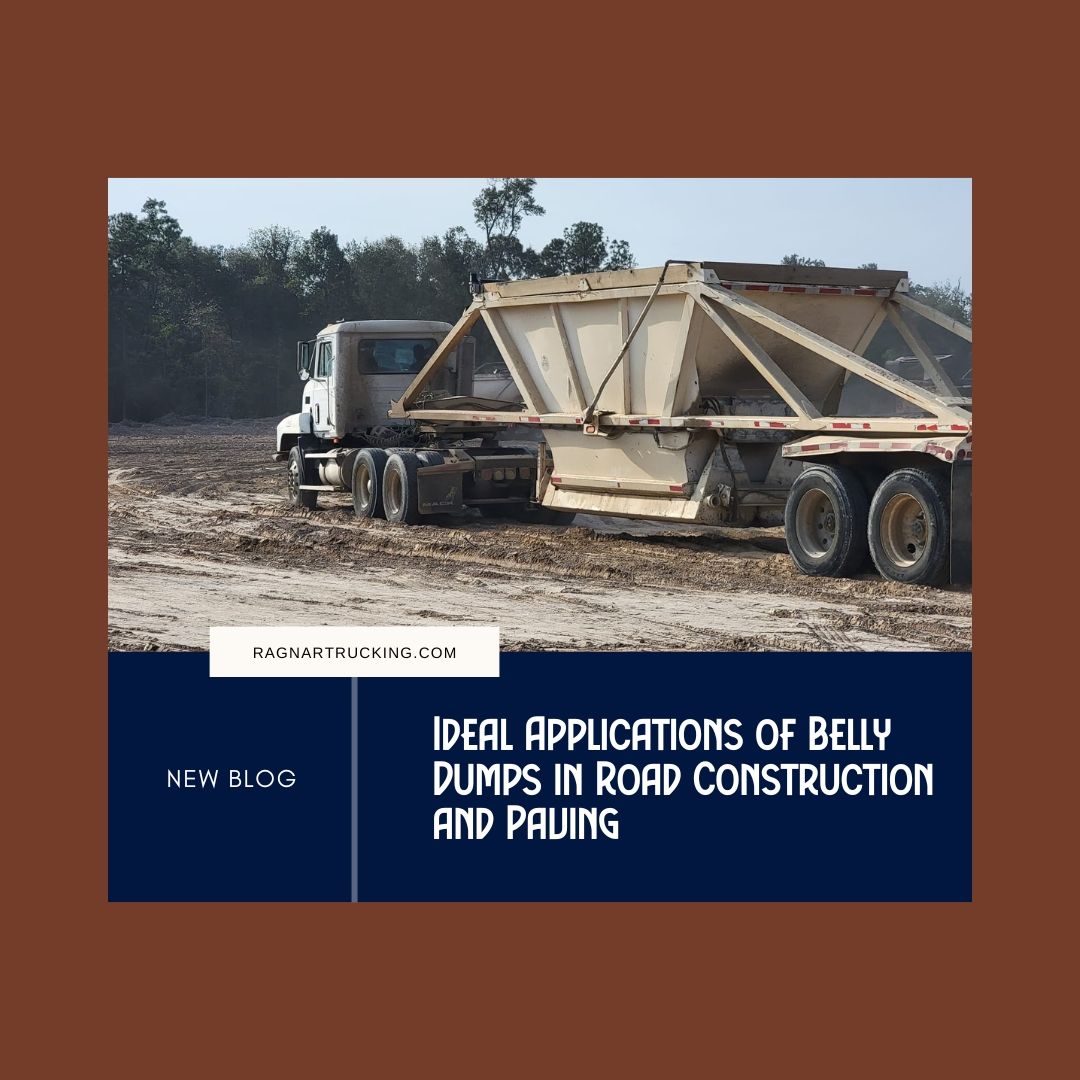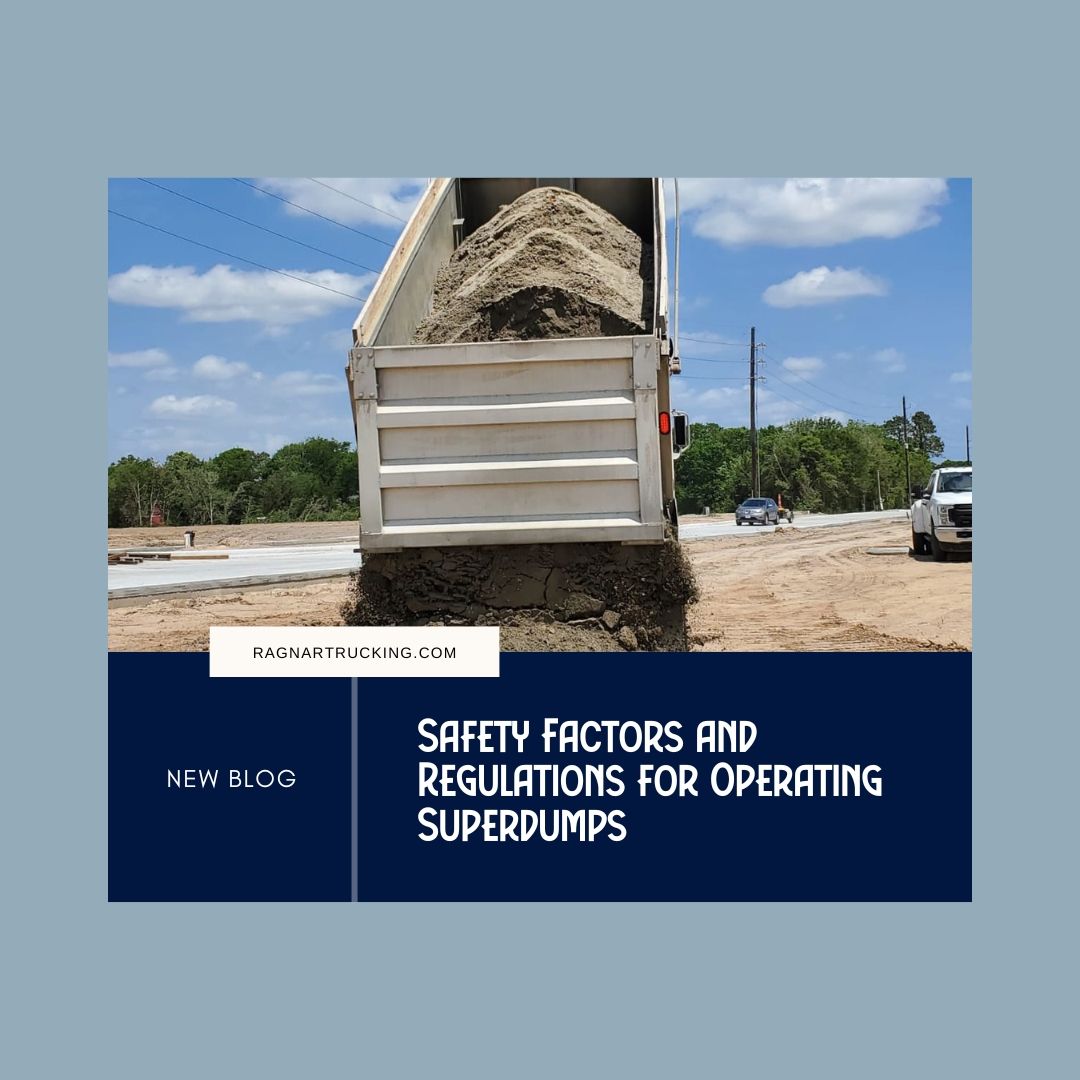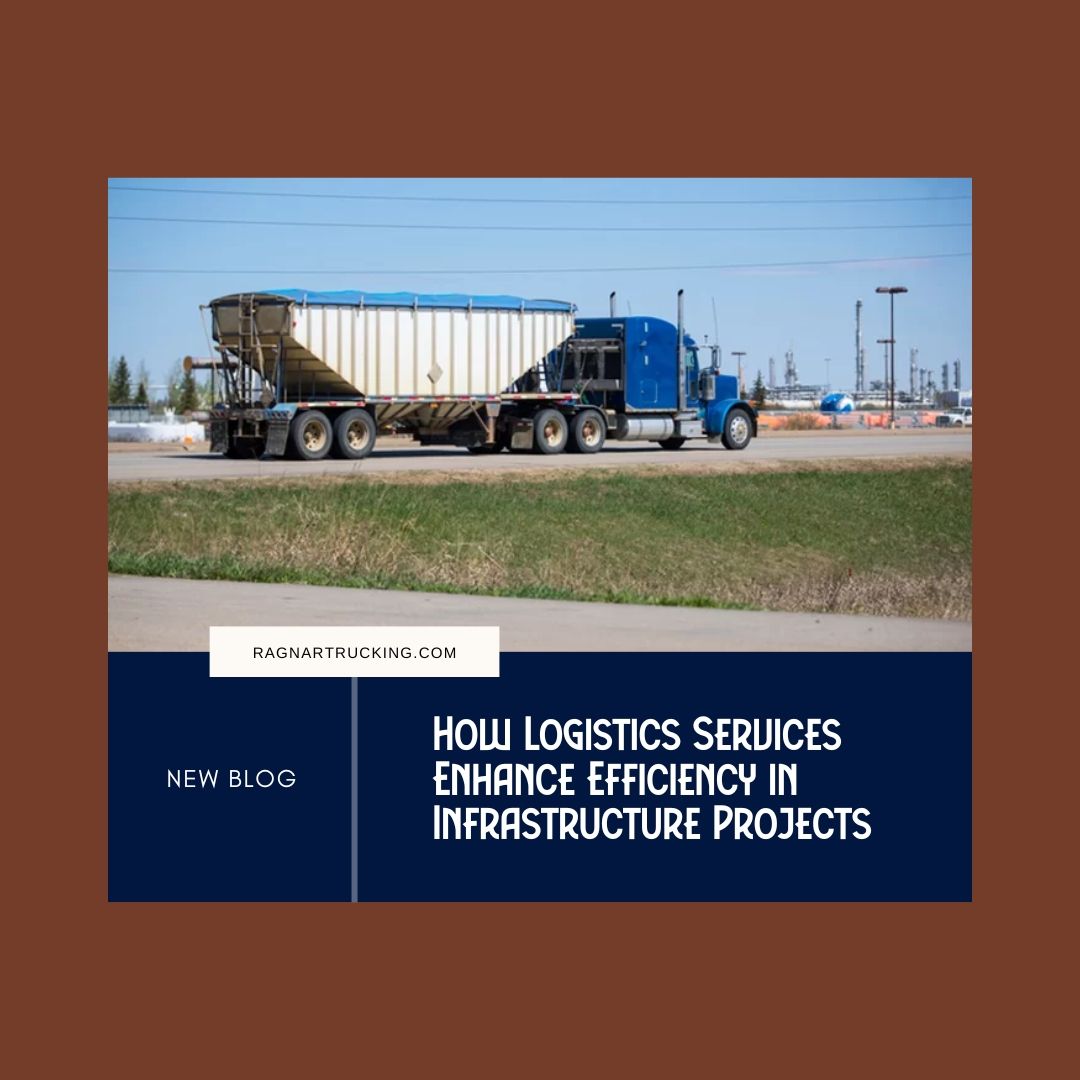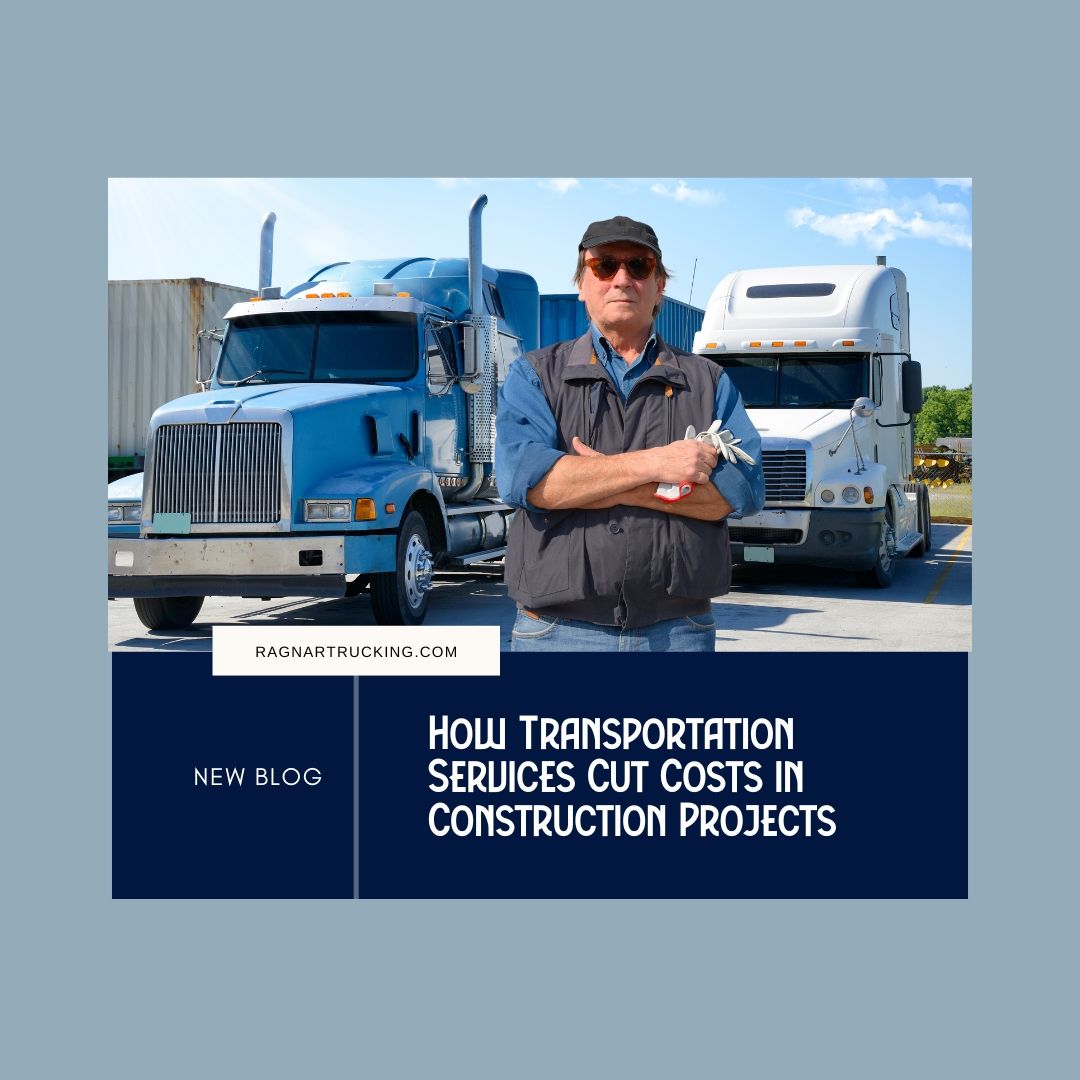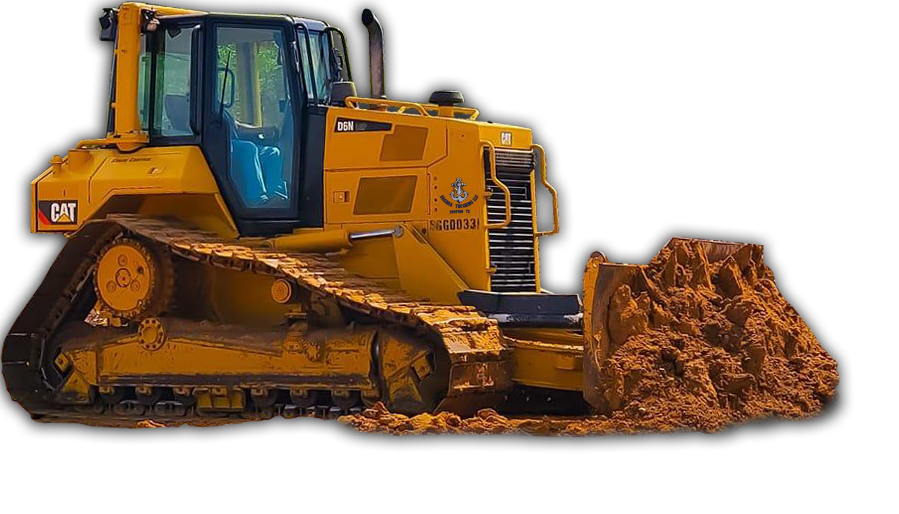Strategies to Improve Safety in Heavy Material Transport
Stay informed with the latest insights, tips, and updates from our construction industry blog.
How Transportation Services Cut Costs in Construction Projects
Strategies to Improve Safety in Heavy Material Transport
Prioritizing Safety in Every Load
Transporting heavy materials is essential in construction, manufacturing, and logistics, but it comes with inherent safety risks. From handling massive loads to navigating challenging routes, each step in the transport process must be planned and executed with safety in mind. Here are key strategies to enhance safety and prevent accidents in heavy material transport.
1. Implement Comprehensive Training for Drivers and Operators
One of the most important steps to improve safety is ensuring that all drivers and operators are fully trained on safety protocols, equipment operation, and emergency procedures. Comprehensive training programs should include:
- Load securing techniques
- Safe driving practices, especially for oversized or overweight loads
- Emergency response procedures for accidents, rollovers, or equipment malfunctions
Regular refresher courses also help keep safety top-of-mind and provide updates on new protocols or equipment features.
2. Use Proper Load Securing Techniques
Securing heavy loads correctly is vital to prevent shifting or falling materials, which can cause serious accidents. Using the right securing methods, such as tie-downs, chains, and load binders, helps maintain stability. Techniques like double-checking tie-downs and following the North American Cargo Securement Standard ensure that loads remain stable throughout the journey, minimizing risks on the road.
3. Pre-Trip and Post-Trip Inspections
Regular inspections before and after each trip are critical in identifying any mechanical issues or potential safety hazards. Pre-trip inspections should include checking:
- Brake systems
- Tire conditions and inflation
- Lights and reflectors
- Load securing equipment
- Emergency equipment (e.g., fire extinguishers, first aid kits)
A post-trip inspection helps catch any wear and tear that might have occurred during transport, so the vehicle and equipment are in optimal condition for the next job.
4. Optimize Route Planning
Heavy loads often require special route considerations, especially for oversized materials. Effective route planning can help drivers avoid hazardous roads, low bridges, sharp turns, or steep inclines. Selecting routes with minimal traffic congestion also reduces the likelihood of accidents. Many transportation companies use GPS systems and digital mapping tools to identify the safest, most efficient paths for their loads.
5. Adopt Fleet Safety Technology
Technology like telematics, GPS tracking, and load monitoring systems can improve safety by offering real-time insights into the transport process. Advanced fleet technology can monitor driver speed, braking patterns, and location, alerting both drivers and fleet managers to potential safety risks. Additionally, some systems allow for remote monitoring of load balance and pressure, so operators can quickly address any issues before they escalate.
6. Establish Clear Communication Channels
Communication is essential for safety, especially in heavy material transport. Drivers should have clear communication lines with dispatch teams and managers, as well as emergency contacts for reporting issues immediately. By keeping drivers and support teams in the loop, potential problems can be quickly resolved, reducing risks and ensuring a coordinated response if an incident occurs.
7. Monitor Weather and Road Conditions
Weather plays a significant role in the safety of heavy material transport. Rain, snow, fog, and strong winds can increase the chances of accidents. Monitoring weather forecasts and road conditions allows drivers to prepare or adjust schedules to avoid dangerous conditions. In case of severe weather, consider postponing the transport to ensure driver and load safety.
8. Regular Maintenance of Transport Vehicles and Equipment
Maintaining vehicles and equipment in top condition is essential for safety in heavy transport. Regular maintenance ensures that brakes, tires, lights, and load-securing devices are functioning optimally. A well-maintained fleet reduces the risk of equipment failure, minimizing the chances of accidents and costly delays.
9. Implement a Safety Culture Across the Organization
Safety should be a core value in every company involved in heavy material transport. Fostering a strong safety culture means that all employees, from drivers to managers, prioritize safety in their roles. Encourage open discussions about safety issues, reward safe practices, and hold regular safety meetings to build a culture that consistently supports safe operations.
Improving safety in heavy material transport requires a combination of training, technology, and consistent safety practices. From secure loading and routine inspections to fleet technology and clear communication, these strategies help prevent accidents and create a safer working environment. Embracing a safety-first approach not only protects employees and valuable cargo but also enhances operational efficiency and builds a reputation for reliability in the transport industry
Ragnar Trucking, LLC is a premier provider of comprehensive trucking, excavation, and construction services based in Texas. Founded by Jairo M, originally from Agua Blanca Sur, Honduras, the company is dedicated to delivering high-quality and reliable services across Houston, Splendora, Tomball, Channelview, and The Woodlands. Specializing in end dump trailers, belly dumps, superdumps, select fill, clay, topsoil, sand, common fill, pinhole clay, bank sand, land clearing, and construction preparation.
Houston trucking services, Professional excavation Houston, Land clearing Houston TX, Civil engineering services Houston, Architectural concrete Houston, Structural concrete Houston TX, Storm drainage solutions Houston, Detention pond services Houston, Industrial plant construction Houston, Parking garage construction Houston, Pinhole dispersion clay Houston, Bank sand supply Houston, Common fill services Houston, Building pad services Houston, Reliable construction services Houston.
Visit our BLOG for valuable insights and tips on our services and related topics. At Ragnar Trucking, LLC, we regularly update our BLOG with new posts to keep you informed about the latest in construction, excavation, civil engineering, and more. Whether you're a homeowner, contractor, or industry professional, you'll find useful information that can help you with your projects. Stay tuned for expert advice and updates on our comprehensive range of services.
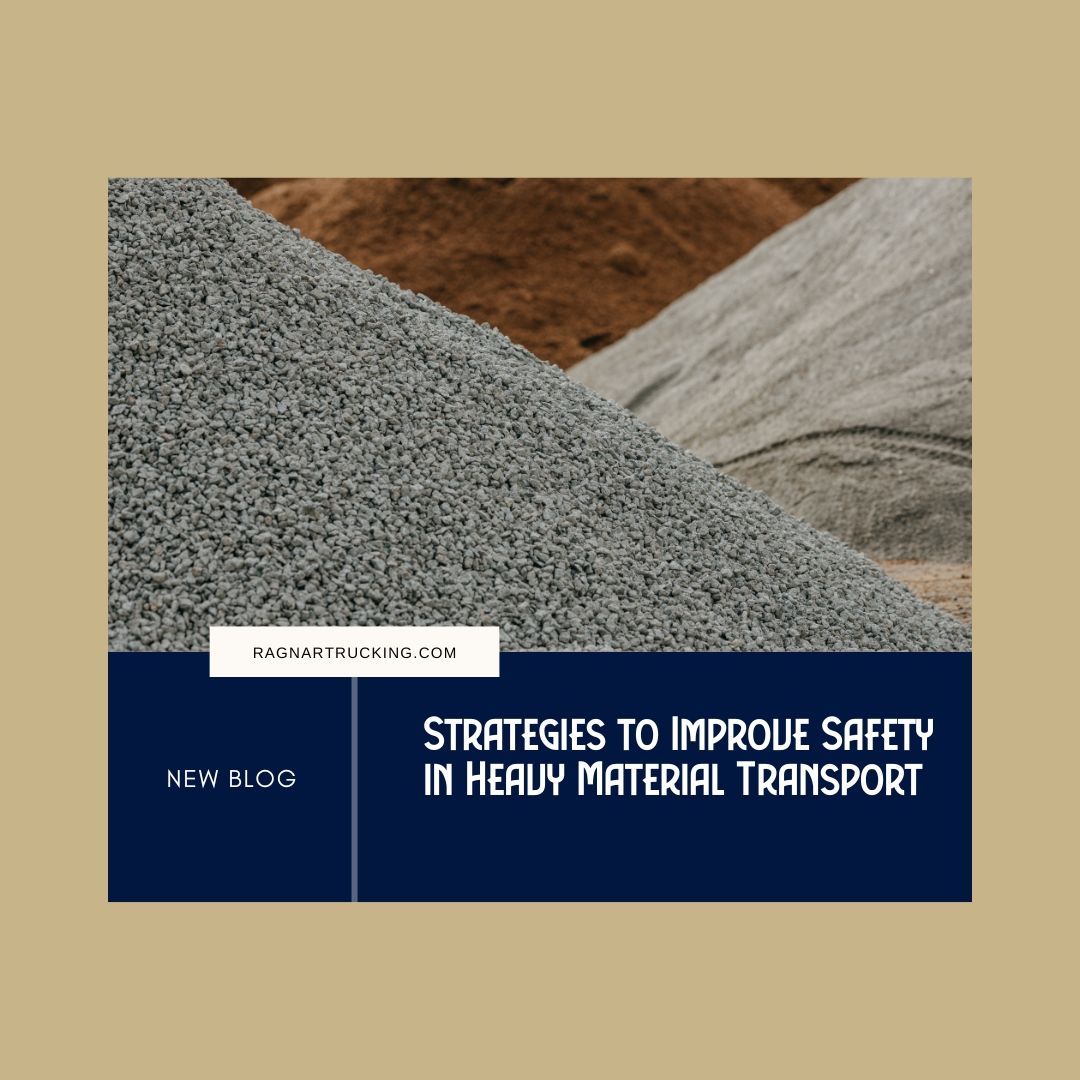
Stay updated with Ragnar Trucking, LLC’s blog, featuring insights and tips on trucking, excavation, land clearing, civil engineering, and more in Houston. Explore expert advice and industry news to keep your construction projects on track.
Houston trucking blog, Excavation tips blog, Land clearing blog Houston, Civil engineering blog, Architectural concrete blog, Structural concrete blog, Storm drainage blog, Detention pond blog, Industrial plant blog, Parking garage blog, Pinhole dispersion clay blog, Bank sand blog, Common fill blog, Building pad blog, Construction services blog.
